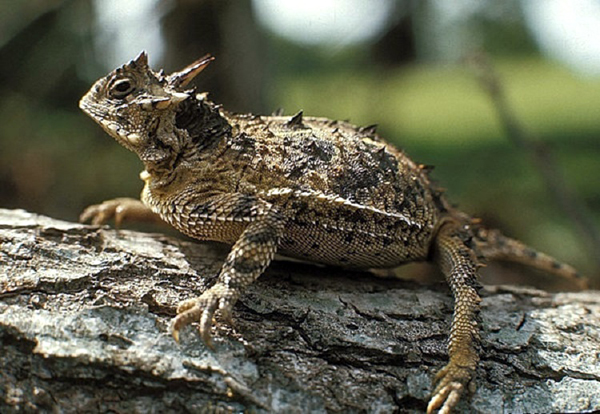- South Texas Students Meet Accordion Music Icons Los Tigres Del Norte In Edinburg Thanks To Khs America/Hohner Alianza Académica Initiative
- Fragile Planet Offers a Nighttime Wildlife Experience
- Falcons Soccer Off & Running
- Cameron County Receives Funds to Improve Two Parks
- Falcons Complete First Half of 32-6A
- School District to Help out Victims of California Wildfires
- Sand Castle Days Continued Despite Unexpected Weather
- Ready for District
- Discussion of Garbage Dumpster Rates, Agreements Between State & City on Highway Regulations, and More
- 31st Annual Shrimp Cook-Off is Right Around the Corner
Report: Many Wildlife Species at Increased Risk of Extinction
- Updated: April 13, 2018

The Texas Horned Lizard, also called a “horny toad,” is one of 1,310 species at risk of becoming extinct in the state. Photo: Texas Parks and Wildlife
by Mark Richardson
AUSTIN, Texas – A new report warns that as many as one-third of America’s wildlife species are in crisis but says with funding, their recovery is possible.
The report finds that more than 150 U.S. species have already gone extinct and 500 more haven’t been seen in decades and could be extinct. Bruce Stein, chief scientist associate vice-president with the National Wildlife Federation, says while there are other causes, loss of habitat is the main reason many wildlife species are disappearing.
“Wildlife need habitat in order to survive. As we have converted much of the natural habitat across America to other uses, that sort of put a squeeze on many of the species, particularly those that require very specialized habitats,” says Stein.
The report was produced by the National Wildlife Federation, American Fisheries Society and Wildlife Society. The groups are backing the “Recovering America’s Wildlife Act,” bipartisan legislation in Congress that would dedicate $1.3 billion a year to fund state Wildlife Action Plans.
Janice Bezanson, executive director with the Texas Conservation Alliance, says the additional funding would be a big help.
“That’s a game-changer for Texas wildlife,” says Bezanson. “That’s the sort of funding that would allow Texas Parks and Wildlife Department and land trusts, and conservation groups and researchers, to do what needs to be done to protect the species that are at risk of becoming endangered.”
Under the federal legislation, Bezanson says the Texas Conservation Action Plan would receive more than $63 million a year.
“It’s focused on keeping species off the endangered species list,” says Bezanson. “It keeps them from becoming endangered. And when they become endangered, then there’s a whole lot more money goes into their recovery.”
Stein thinks more funding could help mitigate the many threats to wildlife, from habitat loss and disease, to invasive species and pollution.
“We actually have before us now a once-in-a-generation opportunity to really increase the scale of our conservation investments to match the scope of the problem,” he says.
Funding for the Wildlife Act would come from an existing tax paid by energy and resource industries for the right to develop on federal lands.
